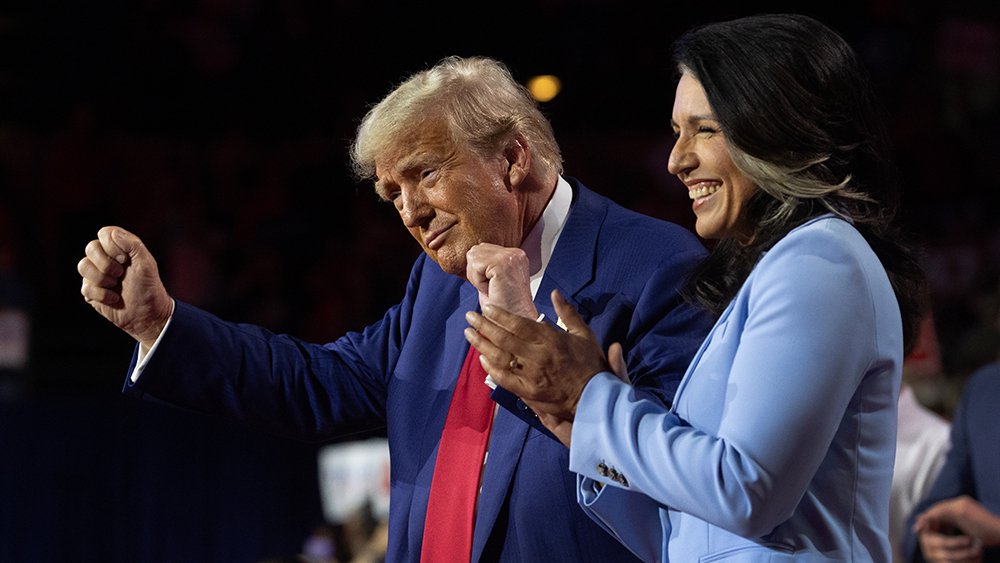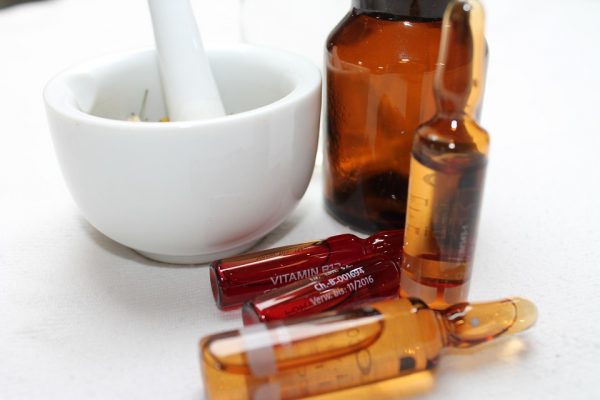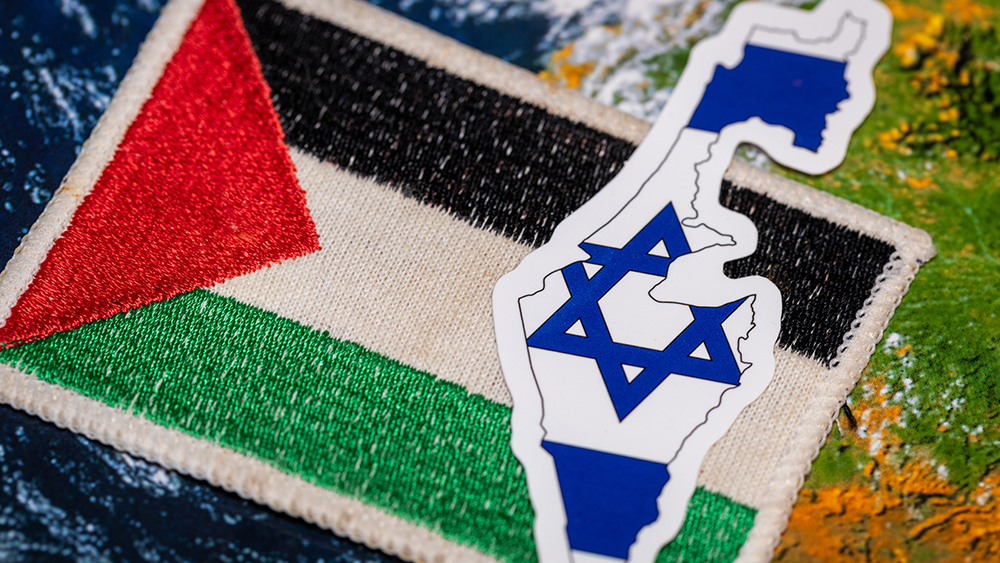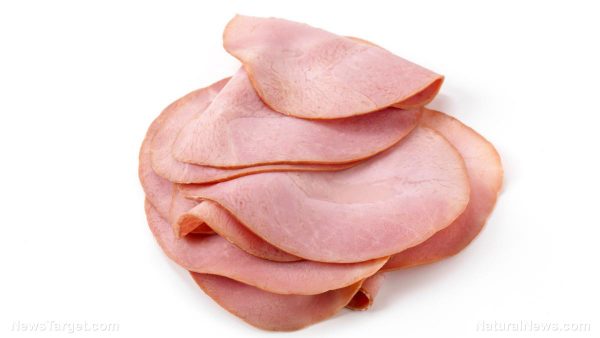 Parler
Parler Gab
Gab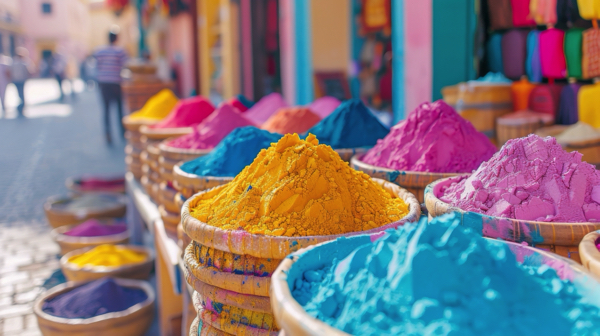
- FDA approves gardenia blue, a natural food dye, as part of efforts to replace synthetic petroleum-based dyes linked to health risks like cancer and hyperactivity.
- Health Secretary Robert F. Kennedy Jr. pushes for eliminating artificial dyes by 2026 under the "Make America Healthy Again" initiative.
- This marks the FDA’s fourth natural dye approval in two months, signaling a major shift toward safer alternatives in food manufacturing.
- Gardenia blue, sourced from gardenia fruit, offers a cleaner option for blue hues in beverages, candies and sports drinks.
- Industry groups resist, but manufacturers are already committing to phase out synthetic dyes amid growing consumer demand for toxin-free food.
A major shift toward natural alternatives
For decades, artificial food dyes derived from petroleum and other synthetic sources have been staples in candy, beverages, and processed foods. But mounting concerns about their toxicity, including links to cancer and behavioral disorders in children, have fueled demands for federal action. The gardenia blue approval, petitioned by the Gardenia Blue Interest Group, allows the color to be used in sports drinks, flavored waters, teas, candies, and fruit beverages, offering manufacturers a cleaner option for vivid blue hues. Unlike synthetic Blue No. 1 or Blue No. 2, gardenia blue is made with genipin, a compound in the gardenia fruit, traditionally used in Chinese medicine. While the FDA notes soy protein is involved in processing gardenia blue, manufacturers argue traces are negligible, and a formal allergen exemption is pending.Kennedy’s war on artificial dyes
Kennedy, spearheading the push for a dye-free food supply, praised the FDA’s decision as a long-overdue commitment to child health, stating, "Every day, children are exposed to synthetic chemicals in food that serve no purpose and threaten their health." He credited FDA leadership for resisting corporate lobbying and prioritizing natural alternatives over industry delays. The urgency aligns with earlier FDA action, including bans on Citrus Red No. 2, Orange B, and Red No. 3 (set for 2026–2027), as well as voluntary industry phase-outs. Food giants like General Mills and Nestlé have already committed to removing synthetic dyes, while the dairy industry plans to eliminate them from ice cream and other products by 2027. Industry groups, including the Consumer Brands Association, argue artificial dyes remain FDA-approved and safe, calling outcry "overblown." Yet under pressure, they’ve pledged to remove synthetic dyes from school foods by 2026, acknowledging consumer demand for cleaner ingredients. For parents and clean-food advocates, the shift can’t come soon enough. Studies have long tied synthetic dyes to ADHD and other neurobehavioral issues in children—a risk Kennedy’s team refuses to ignore.The future of food coloring
The latest approvals prove that natural dyes work, even in challenging applications like vivid blues (traditionally tough to achieve without synthetics). Companies now have butterfly pea extract (for purples and greens), galdieria algae blue, and calcium phosphate for white hues—all sustainable alternatives slowly replacing Red 40, Yellow 5, and other lab-made colors. With consumer distrust of synthetic additives at an all-time high and policymakers accelerating the transition to natural ingredients, the food industry is witnessing a sea change not seen in decades—one where health takes precedence over corporate profits. The FDA’s approval of gardenia blue reinforces America’s move toward cleaner, safer food, driven by public demand and government action. As Kennedy’s 2026 deadline looms, manufacturers must adapt or risk losing consumers demanding health-conscious reformulations. Sources for this article include: TheEpochTimes.com CBSNews.com HoustonChronicle.comDNI Gabbard unleashes “years-long coup” claims against Obama admin, threatens prosecutions
By Willow Tohi // Share
A holistic approach to health: “The Canadian Encyclopedia of Natural Medicine” by Sherry Torkos
By Ramon Tomey // Share
Humanitarian aid from hell: The extermination of Palestinians is being disguised as help
By News Editors // Share
The world’s health, the people’s choice: U.S. rejects WHO amendments to protect liberty
By Willow Tohi // Share
More than 65 deli meat products RECALLED in Canada over Salmonella outbreak
By Ramon Tomey // Share
Governments continue to obscure COVID-19 vaccine data amid rising concerns over excess deaths
By patricklewis // Share
Tech giant Microsoft backs EXTINCTION with its support of carbon capture programs
By ramontomeydw // Share
Germany to resume arms exports to Israel despite repeated ceasefire violations
By isabelle // Share
